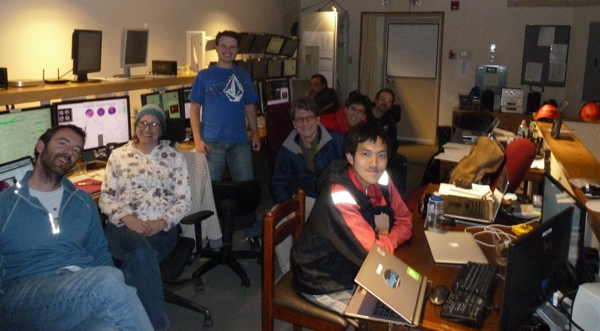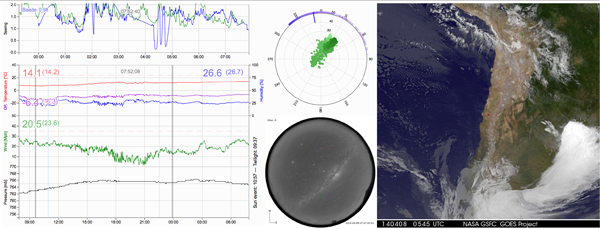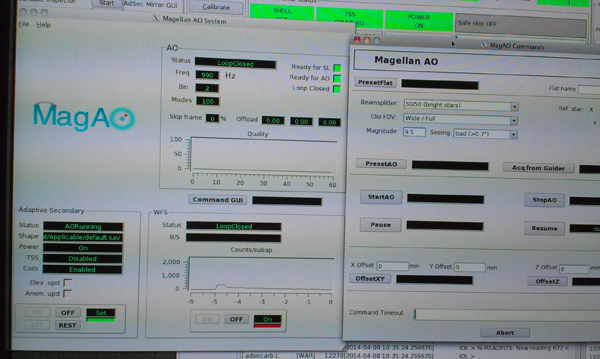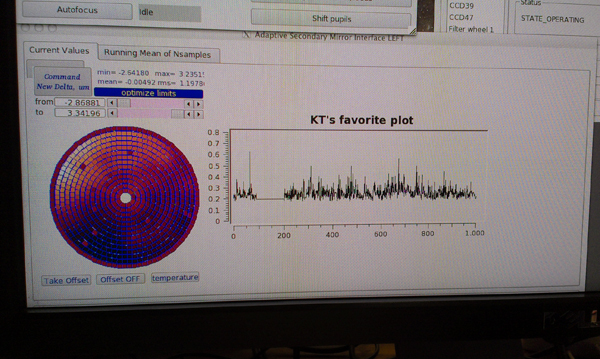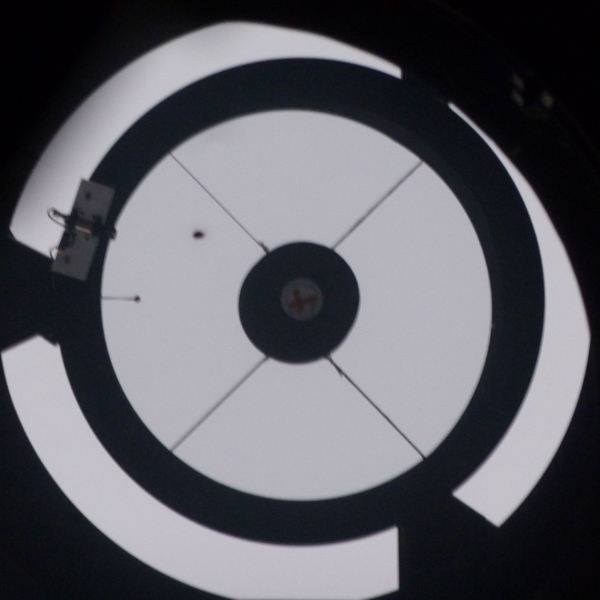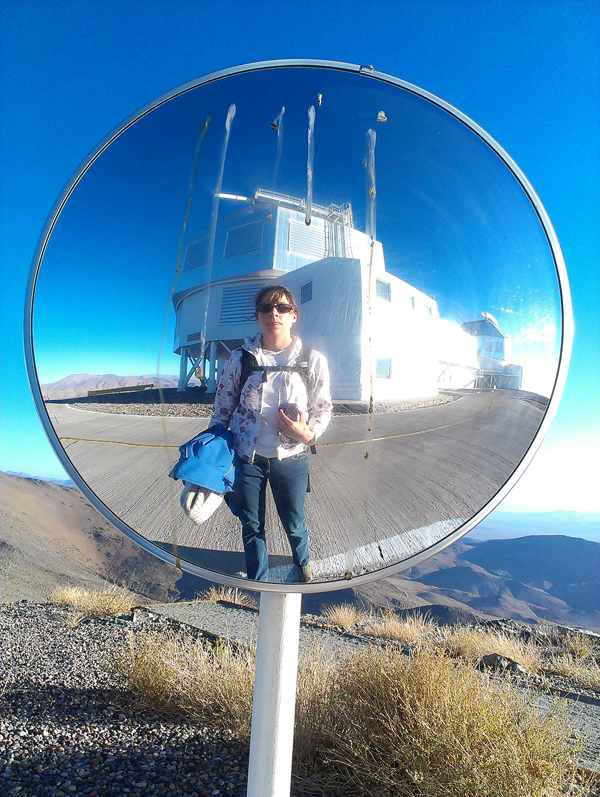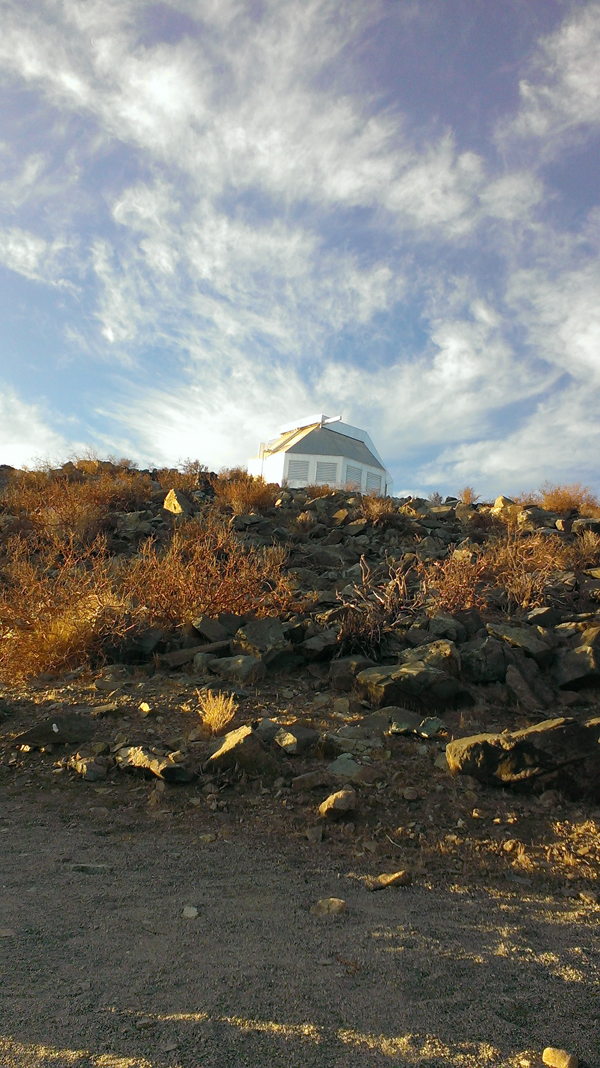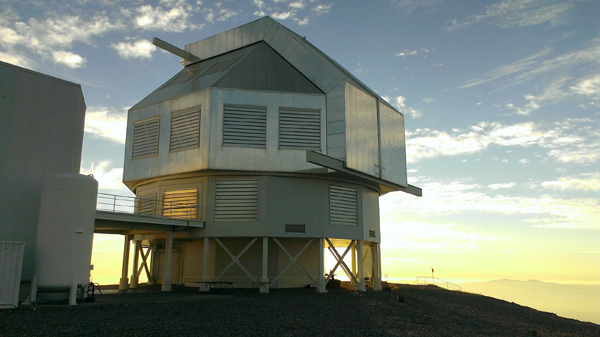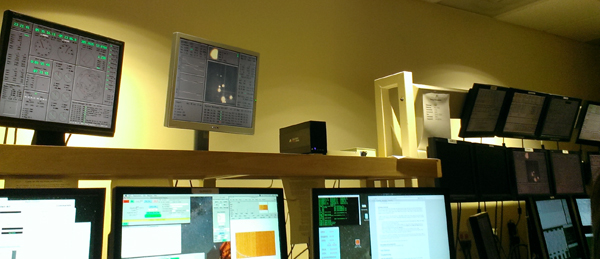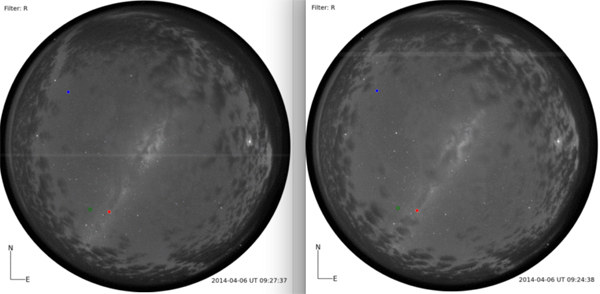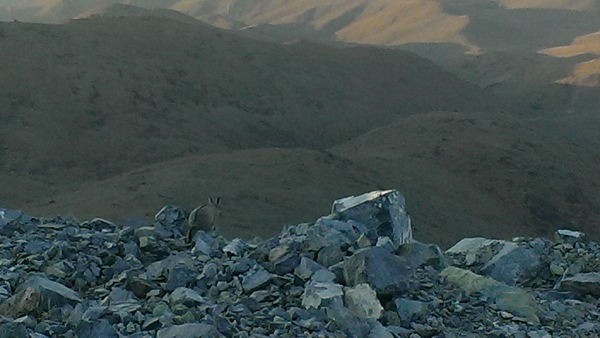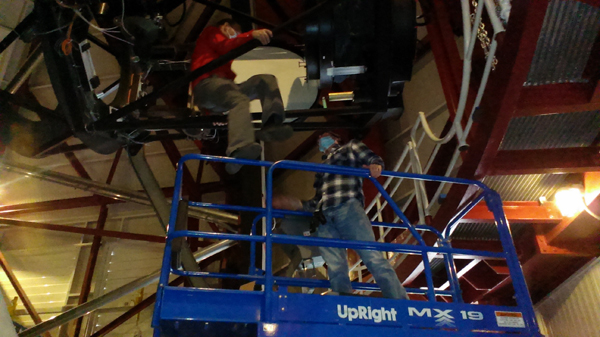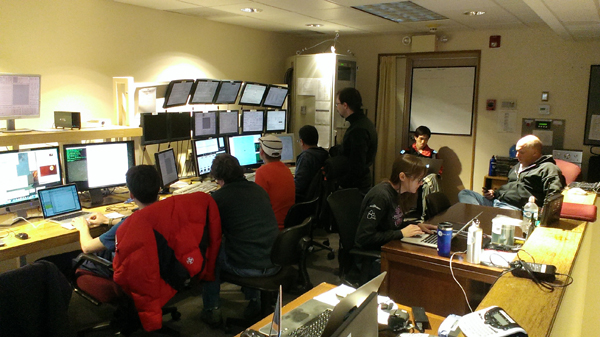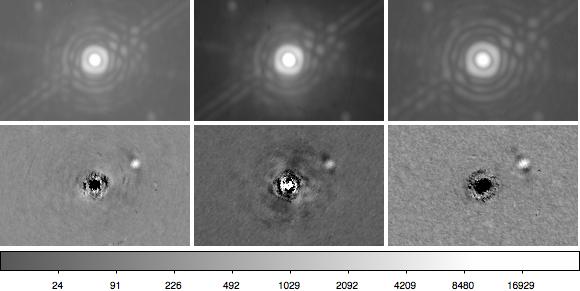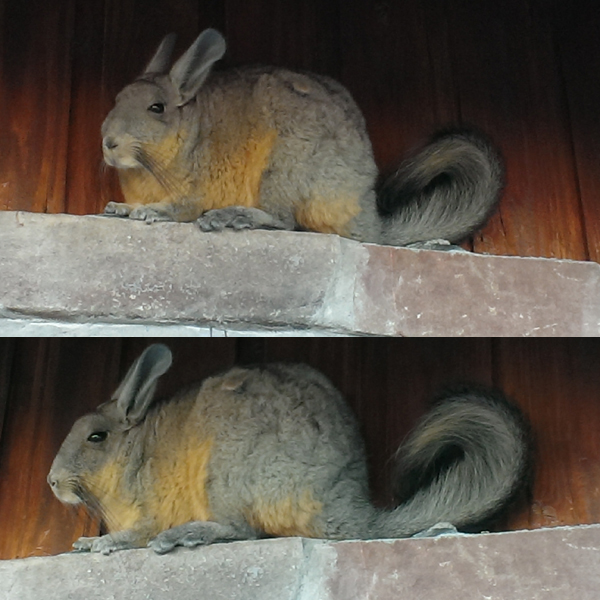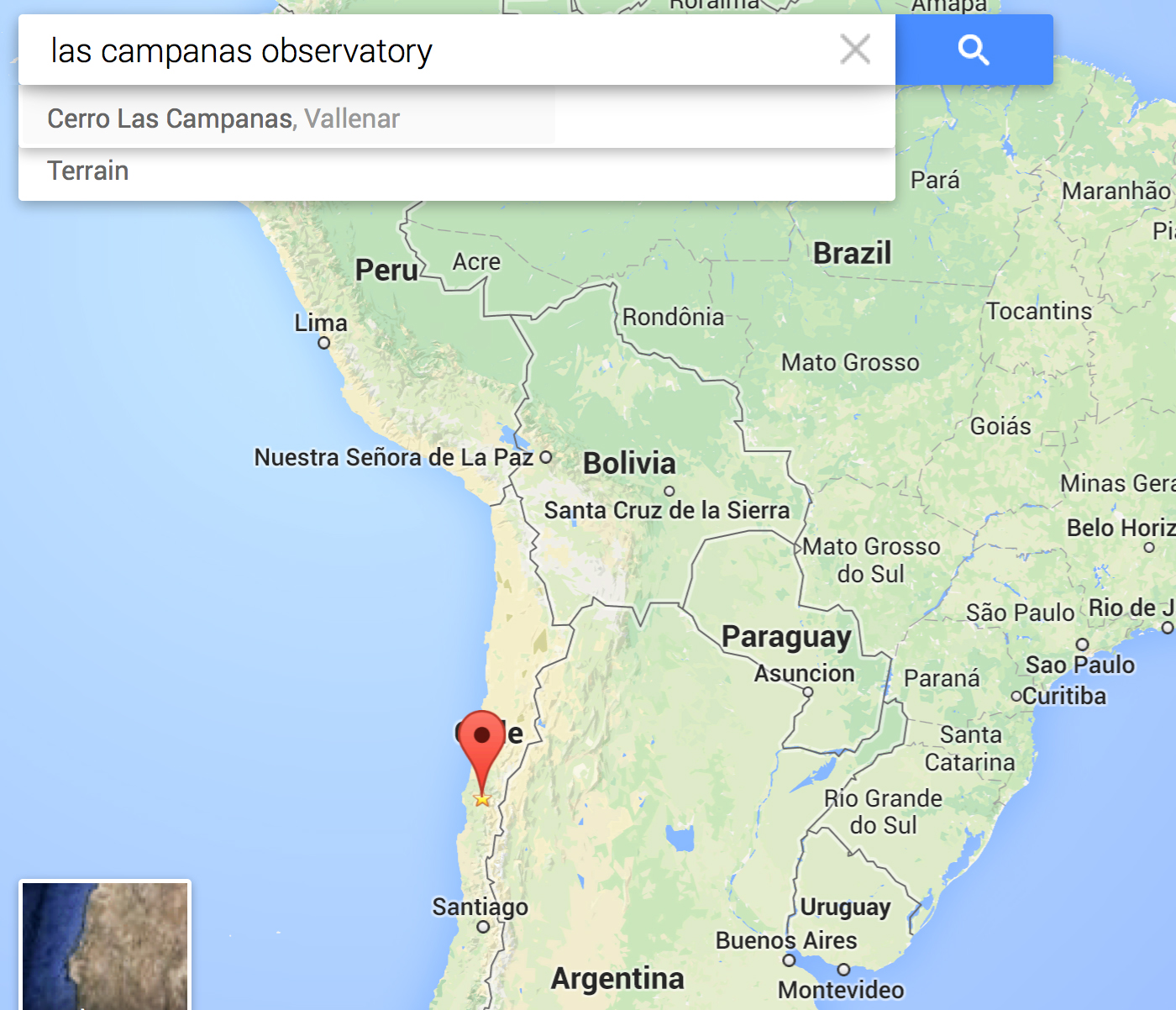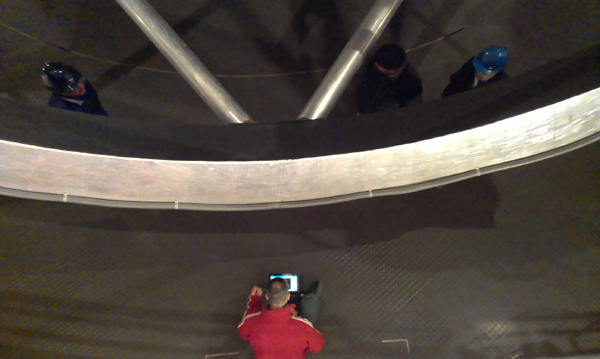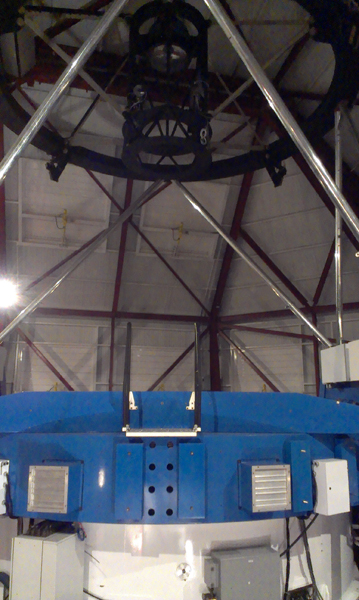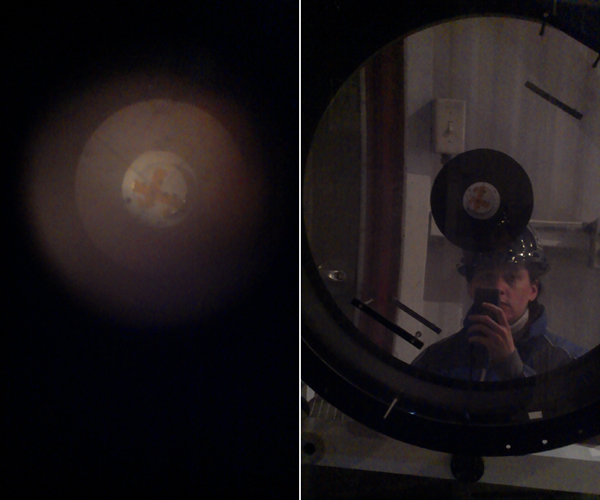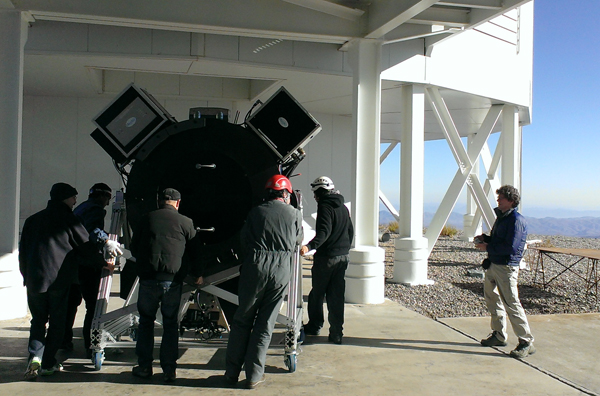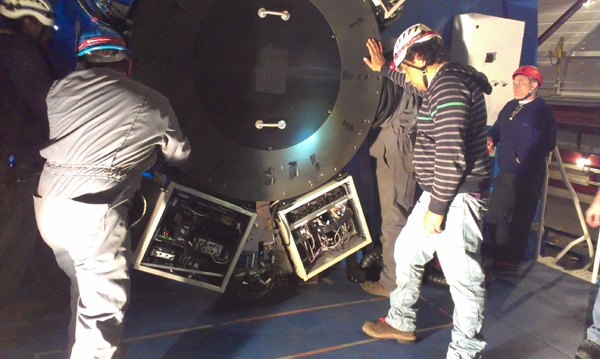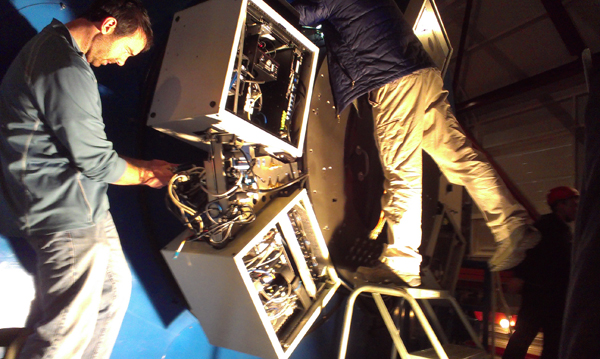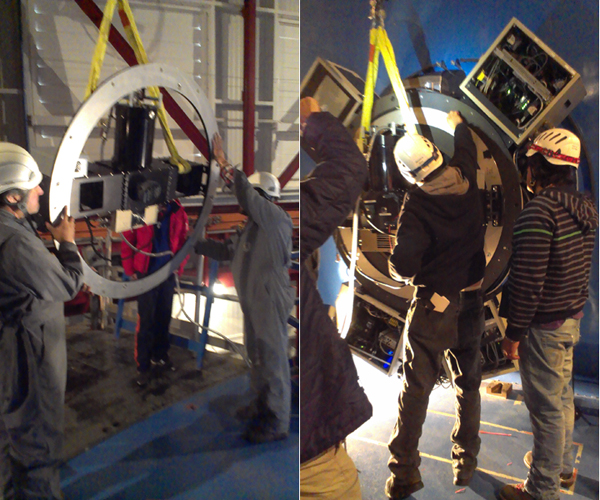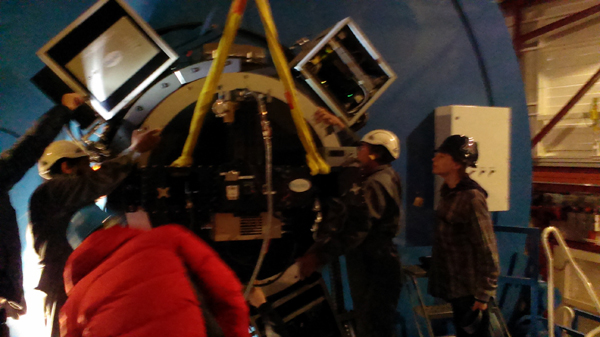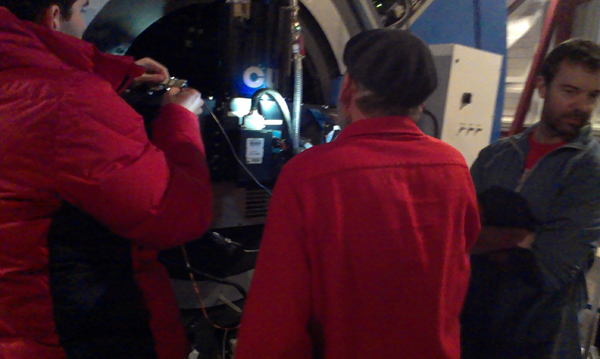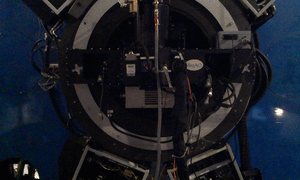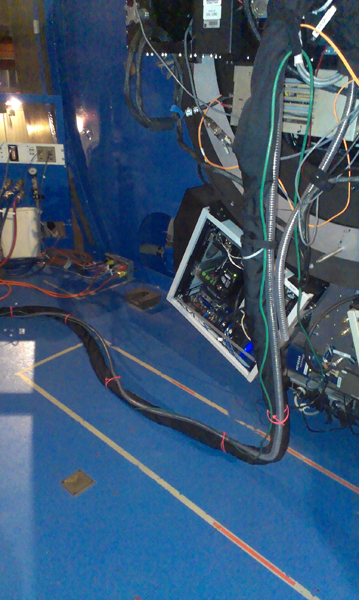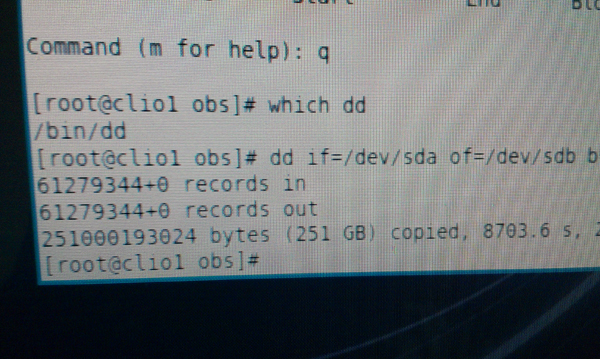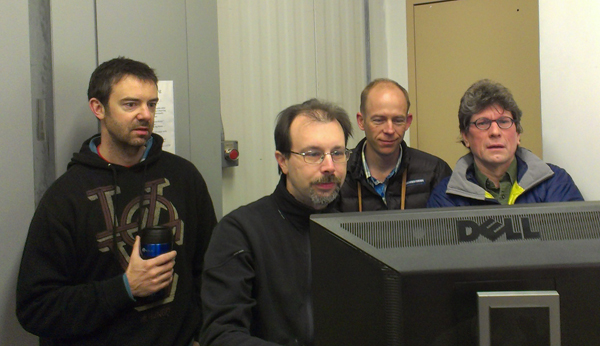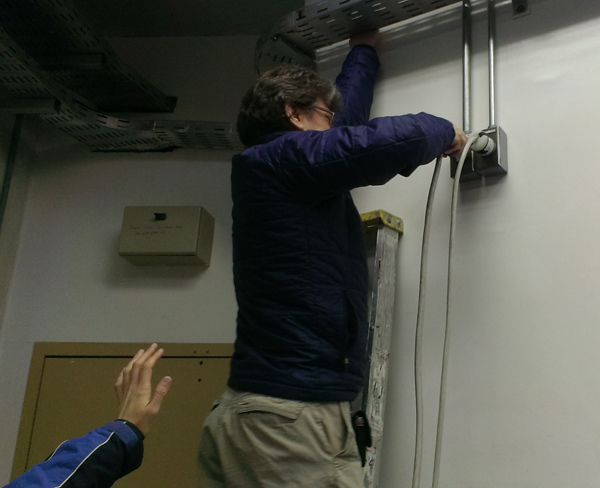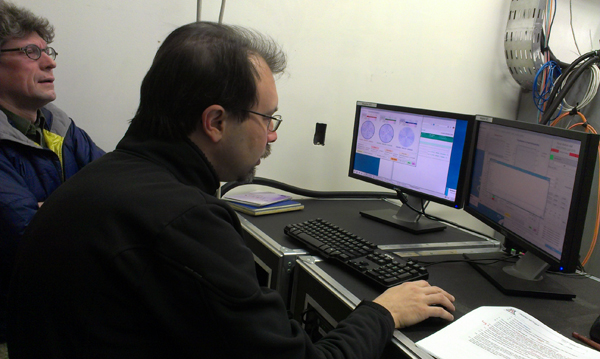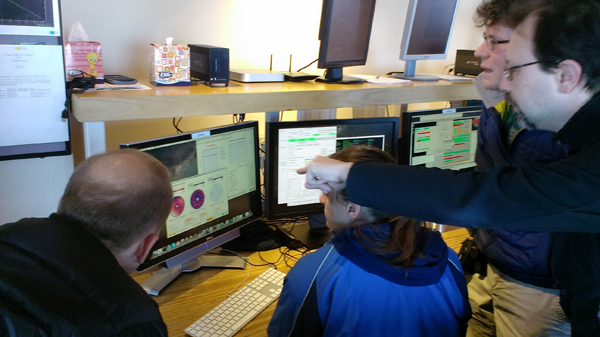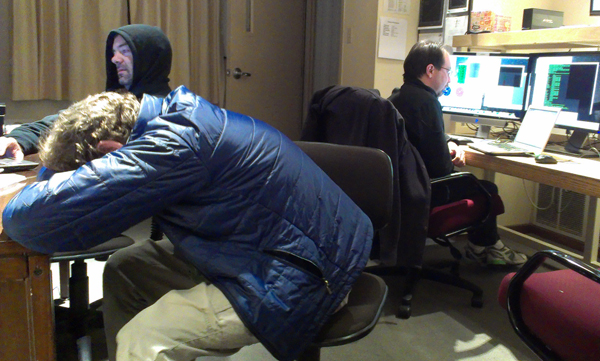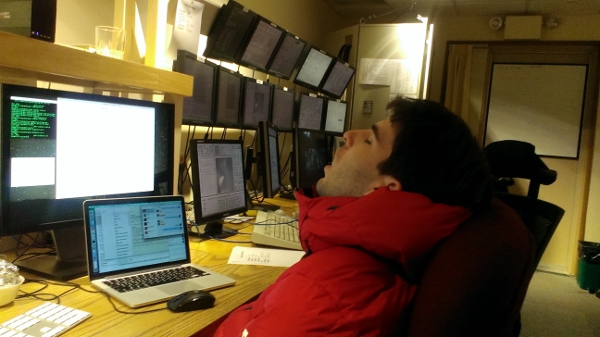Have you ever heard that pigeons are the rats of the sky? Well, tonight we were contemplating that binaries are the vermin of the sky. The binaries we are talking about are “stars” that are actually two stars, only they are so close together that they weren’t discovered to be 2 stars by the early astronomy surveys. But when you have AO on a large telescope like we do, you find out that a lot of stars you thought were single are in fact binary. And then you are disappointed if you were looking for something else when you chose to look at that star.
Laird discovered a binary with the pyramid wavefront sensor tonight. The pyramid pupils were lit up diagonally, and he correctly predicted its properties (about an arcsecond separation, about equal brightness) before we even saw it on one of our cameras VisAO or Clio2. Here it is:
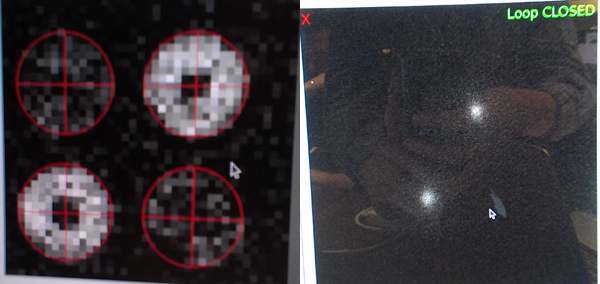
We have been looking at disks around stars recently. Here is a Clio2 image by T.J. of a star that was supposed to have a disk… but instead it was a binary star:
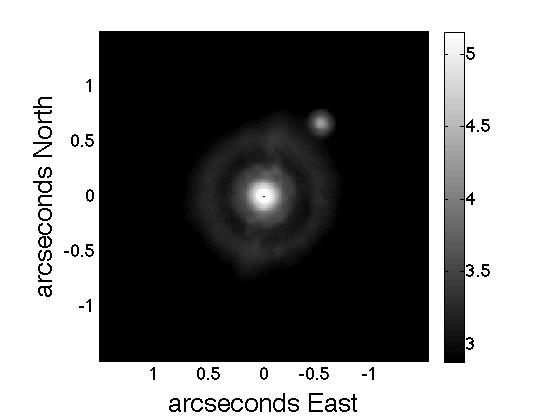
Kate, Alycia, and T.J. are heading down tomorrow, and our mean tiredness is going to go way up. Thanks for all your hard work, guys!
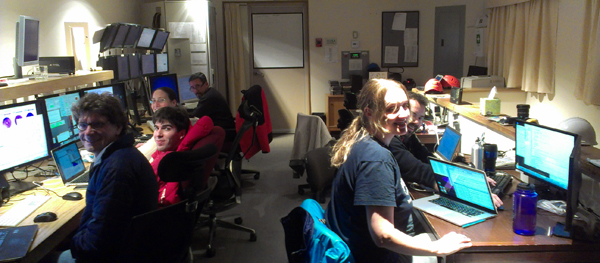
Tonight we got on sky about half an hour earlier than normal, to get some narrow-camera K-band flats, which have proved to be difficult to get enough light. I’ve made a new page with all the Clio2 calibrations, and I’m posting the flats as we get them. They are still not ideal due to an in-focus pupil glow that we think may be related to a slight pupil misalignment. Here we are opening up the dome the previous night:
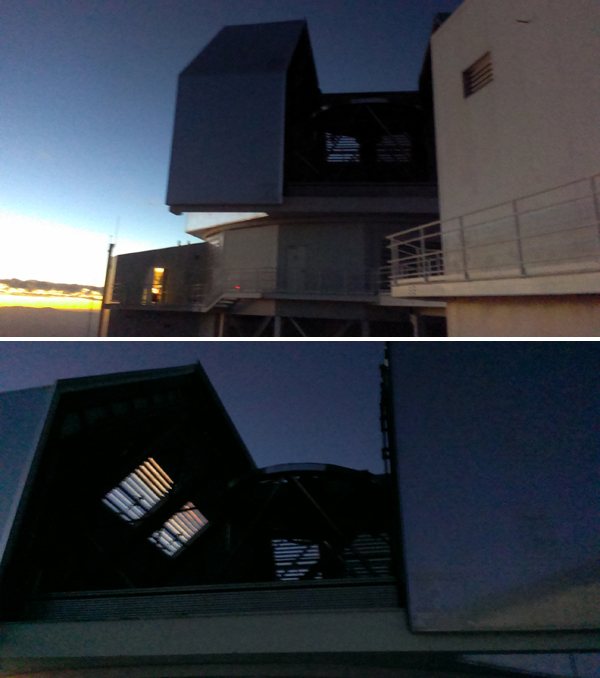
And from the inside:
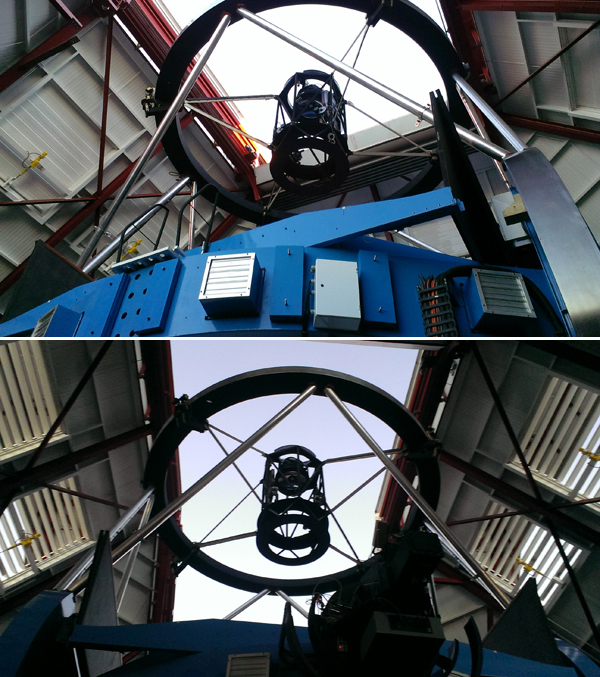

We miss Alfio, but things have been running pretty smoothly, which is a testament to the amazing software he left for us.

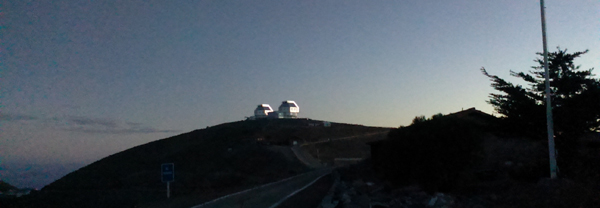

Although this post says day 18, we started the 2014A blog on “day 0” (the PI arrived on “day 1”) and it took 2 days to travel here …. so Jared, T.J., and I left our homes 3 weeks ago now, and it’s been 20 days for Laird. In honor of that milestone, here are some pictures from the run that haven’t made it onto the blog yet:
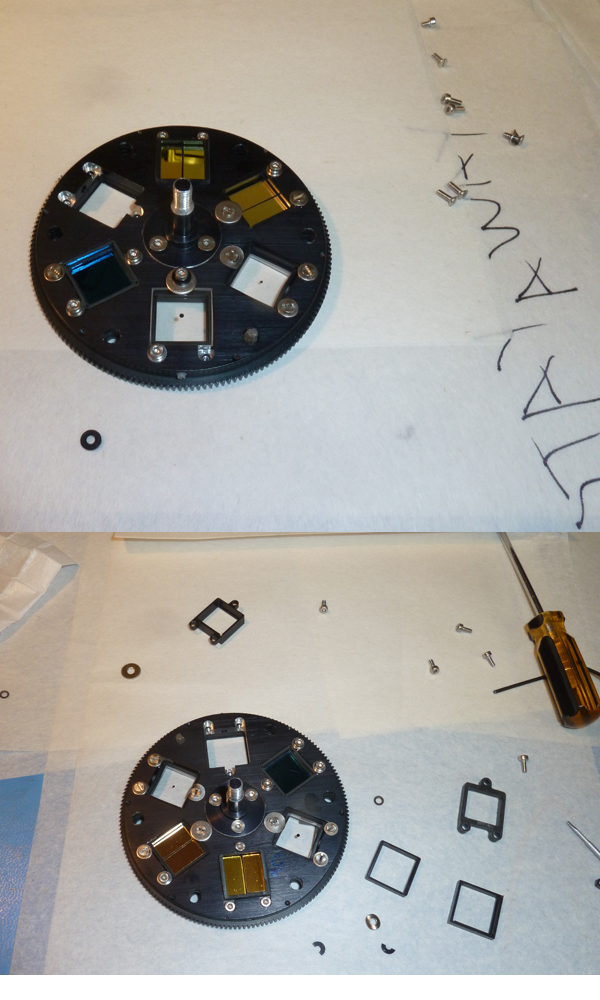

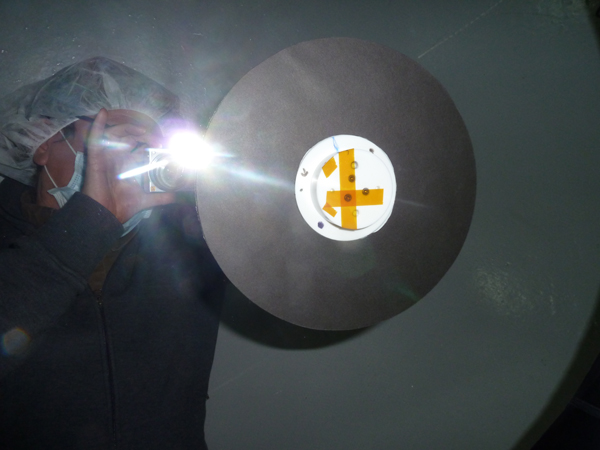
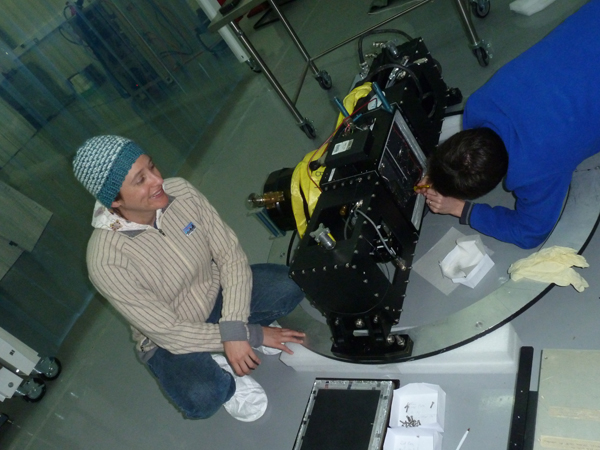
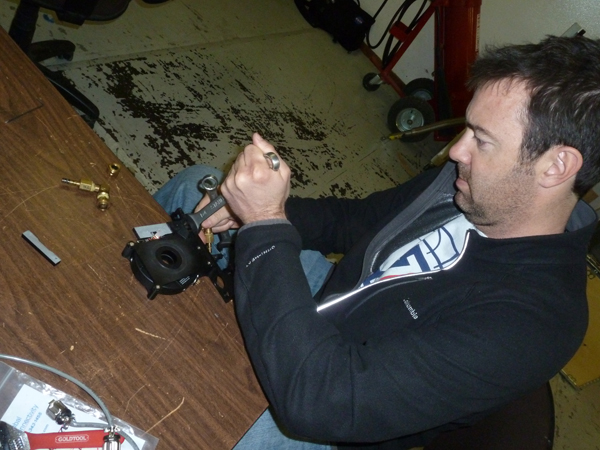
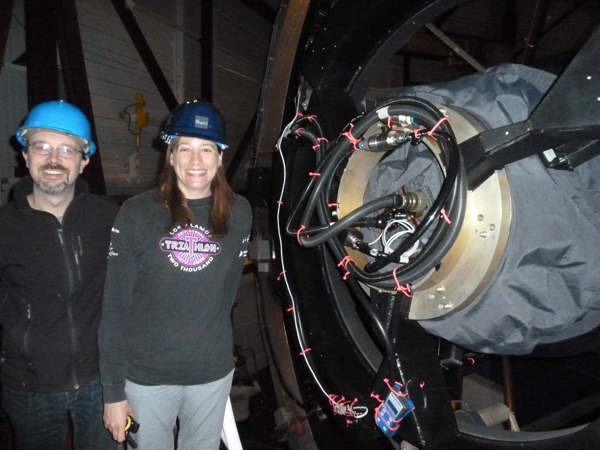
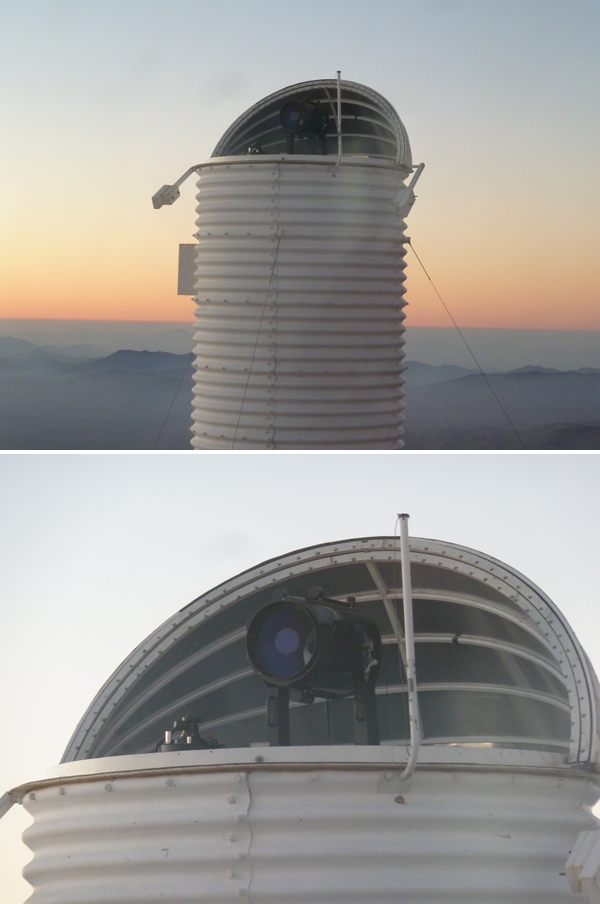

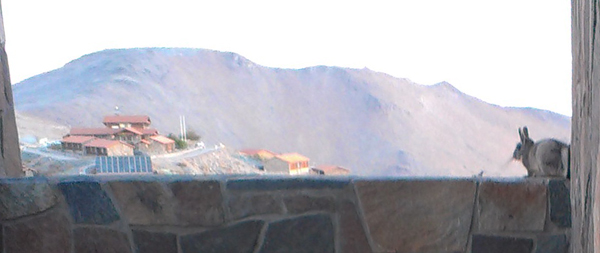
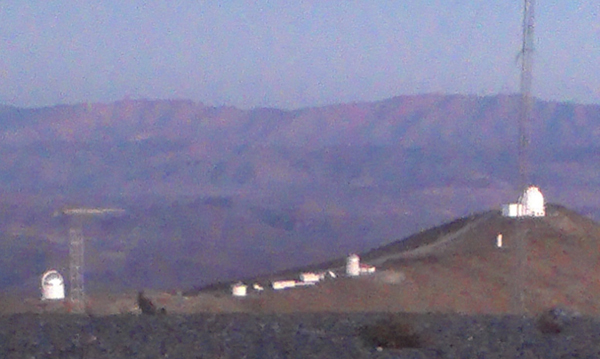
And here’s a bird, but not a vermin of the sky:

Here’s a movie Jared took of the LCO whistler, watch/listen to the video and you’ll know why. Note how it tips it’s head back when it whistles!
My brother gave me some mp3’s of him playing some peaceful songs on piano, which has been nice to listen to when I need to focus on reducing data in the control room. One of them is Prelude Op 28-15 “Raindrop” and here’s a version of the song from Youtube:
